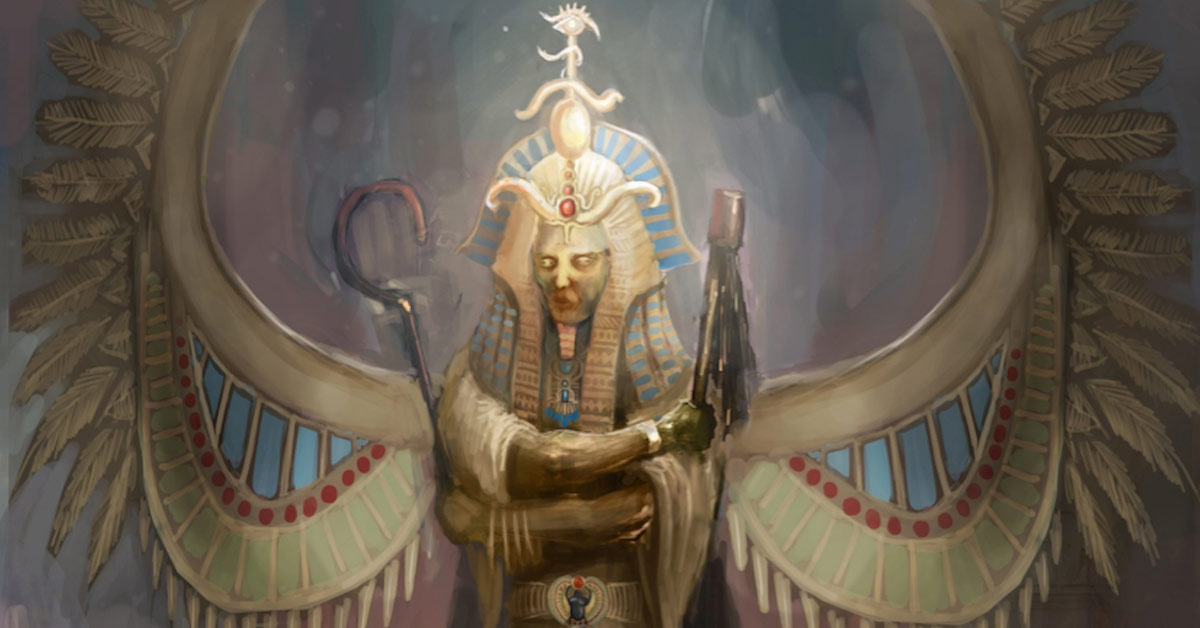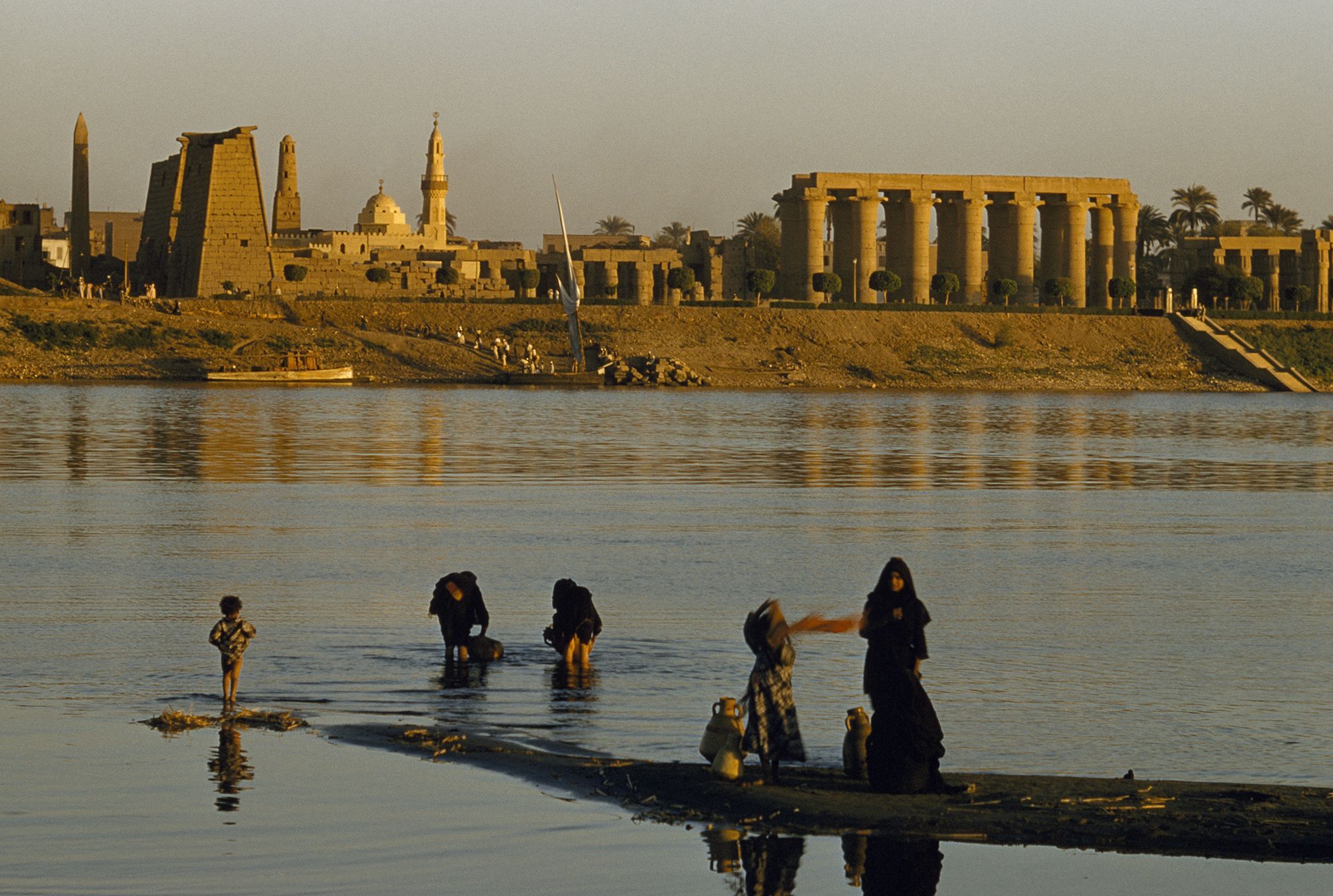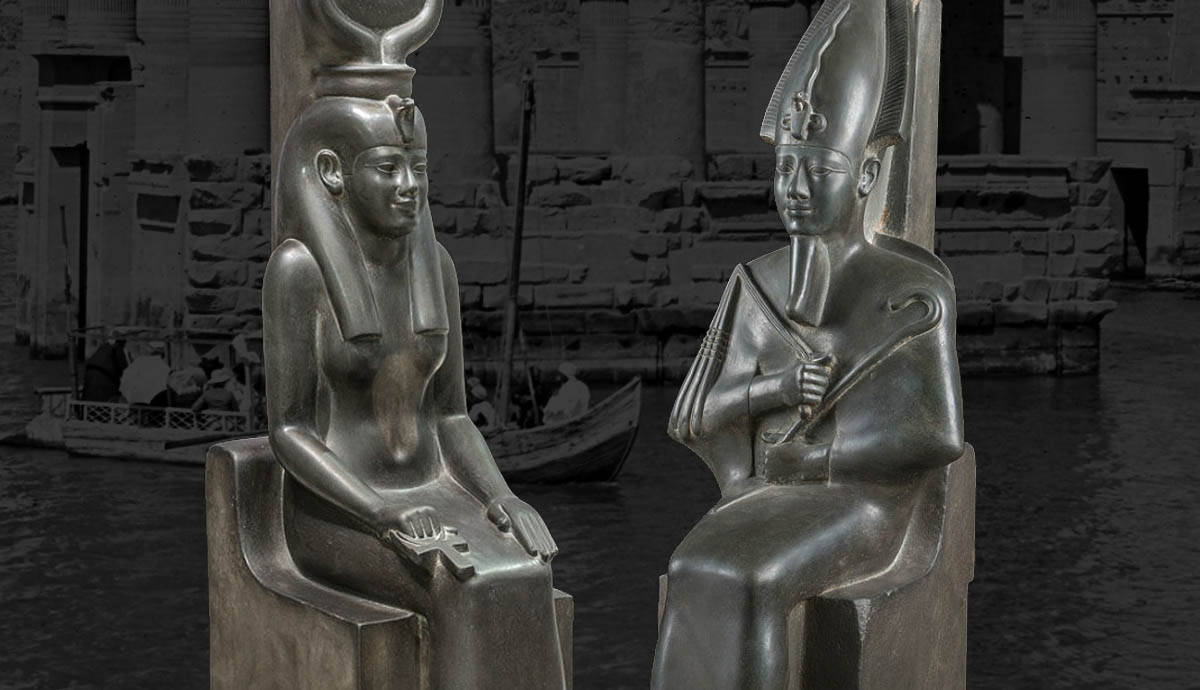Osiris, the god of the dead, was the son and eldest child of Geb, the Earth’s deity, and the goddess of the sky, Nut. Isis, the goddess of motherhood, sorcery, fertility, death, healing, and rebirth, was his wife and niece.
Osiris and Isis were said to have been intensely in love with each other, even in the womb. Osiris was considered the lord of the underground realm, the next world, the Afterlife, in the New Kingdom.
Interested in learning more about Osiris and his stories? Read on to learn about the tales of the god.

Table of Contents
Osiris: Stories About the God of the Dead
In mythology, Osiris ruled Egypt and taught agriculture before becoming the lord of the Afterlife, and he gave human beings laws and society. Osiris’s brother, Seth, however, was highly jealous of him, so Seth killed Osiris and cut his body into pieces that he spread across Egypt.
Seth became the King of Egypt with Osiris dead, with his sister Nepthys as his queen. Nepthys felt sorry for her niece, Isis, who was grieving for her beloved husband forever.
Having great magic powers, Isis wanted to find her husband and bring him back to life long enough to have a child together.
Isis roamed the land with Nepthys, gathering parts of her husband’s body, reassembling them, and keeping them together with linen wrappings. Isis had breathed into his body the breath of life and revived him. They were together again, and Isis magically conceived a child, Horus, soon afterward.
The Origin
Osiris’s origin is obscure; in Lower Egypt, he was a local deity of Busiris and may have been a personification of fertility in the Chthonic (underworld).
However, by around 2400 BCE, Osiris evidently played a double role: he was both a fertility god and an incarnation of the dead and resurrected king.
In essence, this dual position was coupled with the Egyptian notion of divine kingship: the king became Osiris (the god of the underworld at death), and the son of the dead king, the living king, was associated with Horus (the god of heaven).
As a result, Osiris and Horus were father and son. The goddess Isis was the king’s mother and was, thus, the mother of Horus and Osiris’ consort.
Osiris: Not Just the Ruler of the Afterlife

Osiris was the king of the dead and the force that brought all life from the underworld to the annual flood of the Nile River, from sprouting vegetation.
It was presumed from about 2000 BCE that every human, not just the deceased kings, was associated with Osiris at death.
However, this association with Osiris did not mean regeneration, since not even Osiris rose from the dead.
Instead, both in the next world and through one’s descendants on Earth, it signified the rebirth of creation. Osiris’ cult spread across Egypt in this universalized form, frequently joining the cult of local fertility and underworld deities.
All About the Next Life
Such cult forms believed that rebirth in the next life could be achieved by following Osiris. The gods’ festivals consisted of processions and night rites in the Middle Kingdom (1938-c. 1630 BCE).
They were celebrated at the temple of Abydos, where Osiris assimilated the very ancient god of the dead, Khenty-Imentiu. Osiris adopted this name, meaning ‘Foremost of the Westerners,’ as an epithet.
Public participation was allowed since the festivals took place in the open.
It had become fashionable by the early 2nd millennium BCE to be buried along the processional road at Abydos or erect a cenotaph there as a representative of the dead.
Symbolism
Symbolically reenacting the fate of the deity, Osiris festivals were held annually in different cities in Egypt.
During the late-era, the building of the “Osiris garden,” a mold in the form of Osiris, filled with soil, was a central feature of the festivals.
The mold was moistened with water from the Nile, and the grain was sown. Later, the sprouting grain symbolized Osiris’ elemental power.
Worshipping Osiris
The myth embodied some of the Egyptian culture’s most essential values: peace, justice, everlasting life, and gratitude.
Even before the affair with Nepthys, Seth’s distrust of Osiris grew from a lack of appreciation and jealousy for someone else’s good fortune.
Ingratitude was a sort of “gateway sin” in Egypt that opened the person up to all others. The tale showed vividly how even a god might fall victim to ingratitude and the repercussions that could result.

Conclusion
The myth told the story, just as importantly, of the triumph of order over disorder and the establishment of peace in the land, a core principle of Egypt’s culture and religion.
The earliest recorded depiction of Osiris dates from around 2300 BCE. Still, before the New Kingdom (1539-1075 BCE), reports of him are unusual because he was seen in an antique form as a mummy with his arms crossed on his breast, holding a crook hand, a flail on the other.
